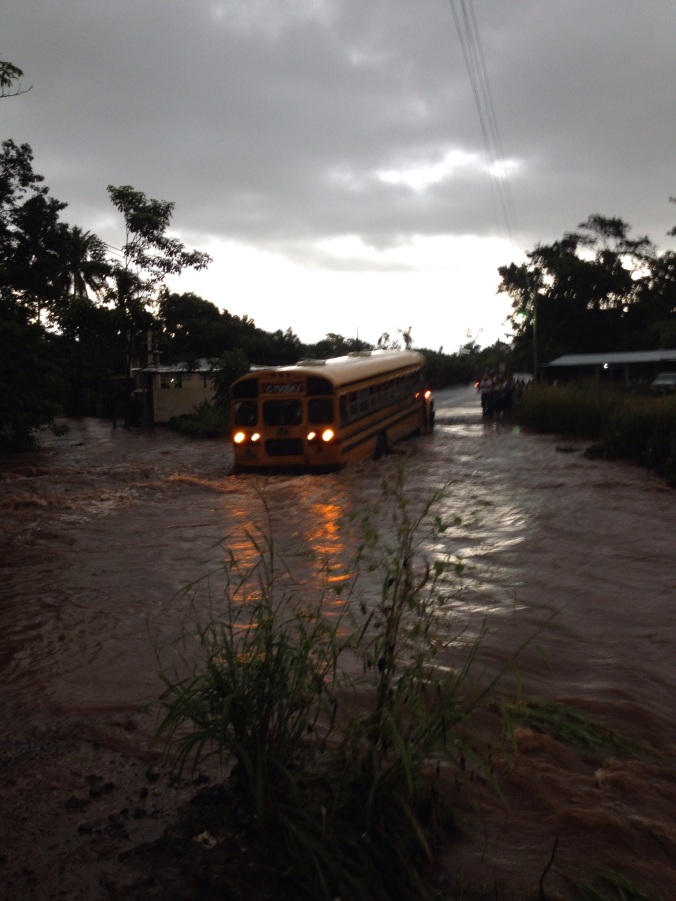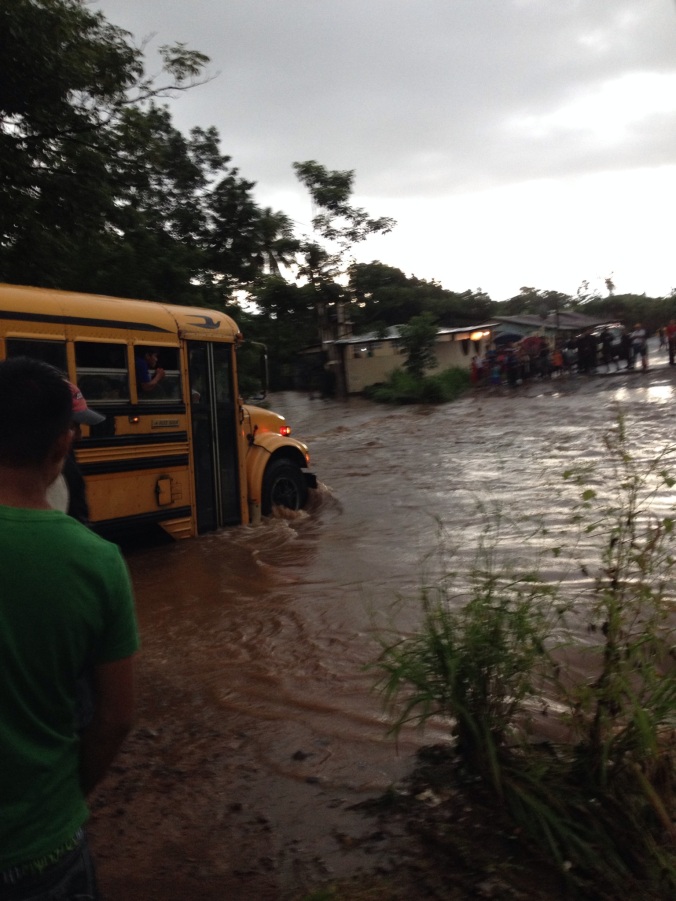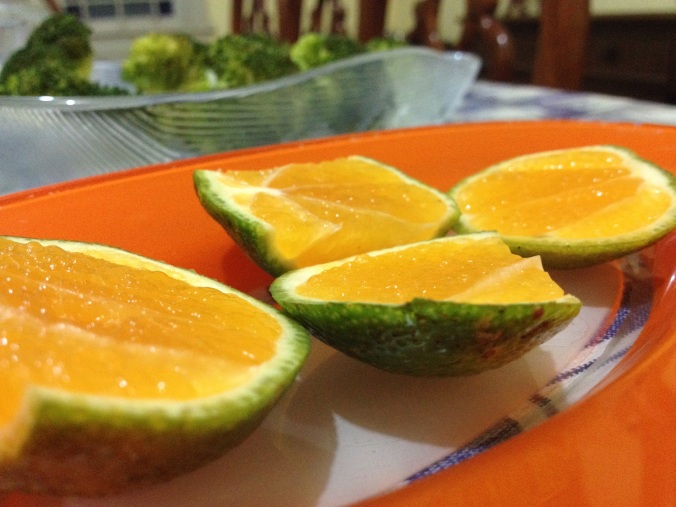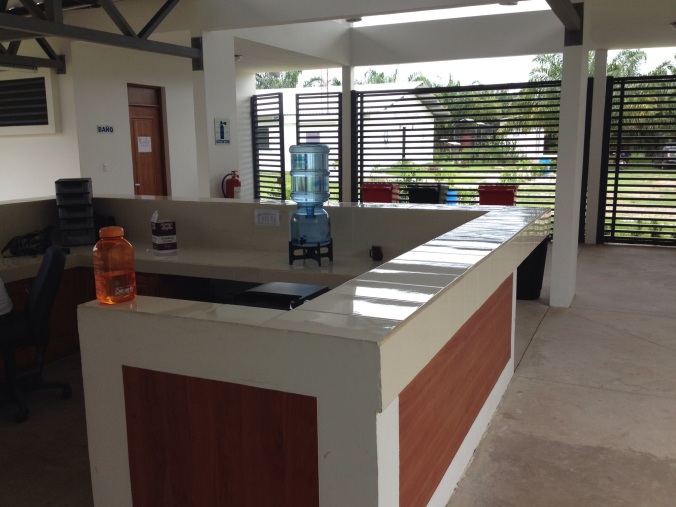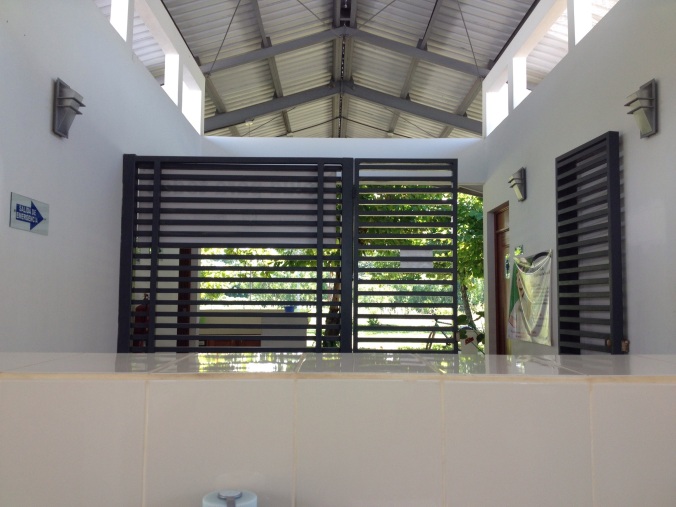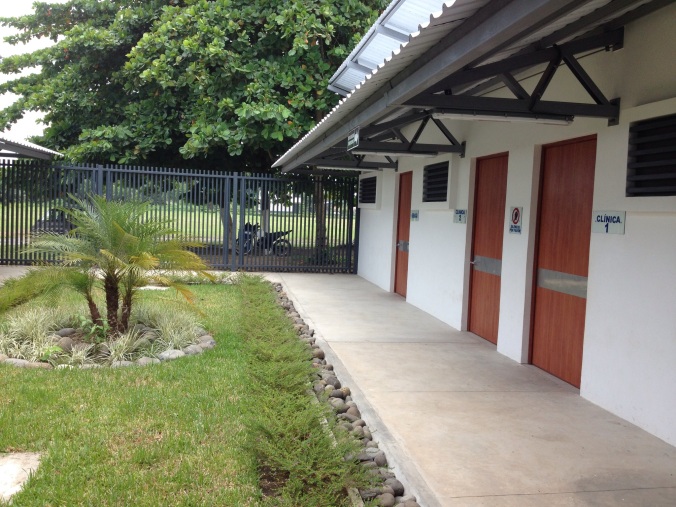I never thought it would end like this. Although I entered medical school with compassion and emotion seeping out of my pores, the last year (plus a few months) has caused me to feel callused and hardened. The things that others gasp at or can’t bear to listen to have become part of my daily life. I take care of children who are dying and yet, not a single tear escapes my ducts. I often think about this transformation that I have made, wondering whether it is good– and just part of a necessesary protective mechanism– or bad– suggesting that I no longer feel true emotions and ergo no longer qualify as a human. I have wondered if maybe my tear ducts have become blocked by sand that the sandman has packed in ever-so-tightly while I slumber in the tiny, cold call rooms of the hospital. Long story short– it takes a lot to make me cry.
I knew this trip would be transformational. I knew it would be difficult. I embarked on a journey that I never would have gone on just 3 years ago when I was a shy medical student, overridden by fear andn afraid of exhibiting my ignorance. But I had chosen to go to medical school because of my experiences in the third world country of Tanzania. I had felt a strong desire to return and help the hundreds of people who lined up, waiting for a doctor’s touch– needing basic medical services, but devastatingly underserved. In addition, since I started medical school, I had detested myself for taking French in high school and not capitalizing on the opportunities that I had to learn Spanish in college– or even after college– when life was simple and I did have the time. I hated not being able to connect with hundreds of patients that I saw within my very own country. Although many people discouraged me from going, saying that Spanish was a critical and necessary skill for anyone partaking in this experience to have, I had to go to Guatemala, for it was the perfect culmination of all of the things that I aspired to do, know, and be in order to be in my medical career.
I knew that it would be a struggle, that the days on which I would feel completely ignorant would outnumber those on which I felt like I had made some semblance of a difference. I told myself this over and over again as I prepared for the trip, locking into my head the reminder that the experience would be transient and no matter what happened during it, I would come out stronger. I imagined all the things that could go wrong– lost luggage, robbery, or even worse– seeing sick, dying children, losing a patient, feeling helpless. I told myself that no matter what happened, it would be worth it.
When you prepare yourself for horrors, any lack thereof is a delightful surprise. Needless to say, there were definitely hard days. Some of my days, I went to sleep with a hodgepodge of English, Spanish, and Spanglish words flying around in my head, begging craving the security of a country in whicch everyone spoke English and communication was easy. There were days on which I cursed my inability to share my positive or funny thoughts with others, or to console them when I witnessed hardship. There is only so much compassion and humor that can be conveyed through body language. But more importantly, I was surprised by the true, pure beauty that characterized my Guatemala experience. More frequently, I was highly aware of the lush, vibrant rain forest that surrounded me, the bold, happy colors that people wore, the compassionate actions that I saw people taking to help others in their community, the genuine smiles with which I was greeted. And the very best thing continued to be the adorable children walking to school on the sides of the road in thier uniforms as we drove to clinic each day, the toddlers waddling around outside their houses, the moments that I witnessed between beautiful mothers and their pudgy-cheeked neonates whom they pressed so tightly and securely against their chests so that they could be consoled by the rhythm of their beating hearts. These were the things that kept me going.
And despite the challenges, my recently-identified inability to cry persisted. No matter how hard each day was or how skinny the children I saw in clinic were, not a single tear was shed. I carried on with my calloused skin untouched– possibly harder. Even though I was filled with a strong love for this new patient population and desire to come up with a plan that would truly help them in hte ways they wanted and needed to be helped, I failed to show true, tangible signs of the associated emotions.
Admittedly, I even counted the days while in Guatemala. At the beginning, I counted the number of days I had been there, and toward the end, counted down to my departure. I shared this factoid with my family, saying “it’s just what you do when you’re in Guatemala,” but at the same time wondering what this action said about my character. Even though I loved it here and treasured my experience, I yearned to be with my friends. Although I was building solid and lasting friendships here, I yeared to see familiar faces. I imagined that my last day at clinic would be fabulous and that at the end, I would rejoice in the feeling of being– my favorite word– DONE.
But as my last day wound down, and I came to realize that there were no more patients, this was it, I felt different. I hugged my new friends and said goodbye to them, and despite my broken Spanish goodbyes, sensed sincerity in the way that they were received. I sensed sadness in those I hugged. The last person I said goodbye to was Marco. As I stood across from him, looking into his now-familiar eyes, I told him how much I respected all that he is doing here in Guatemala. I apologized for my horrible Spanish skills and thanked him for his patience and leadership. I acknowledged his strong, determioned efforts and told him how much I admired his leadership skills. I had noticed that he sincerely respected and cared for all of his staff, as well as his patients. He was a genuine man whose soft, gentle demeanor had a calming presence and seemed to appease all who he cared for. I made sure to tell him what I had noticed, as although we all want our own confidence and internal motivation to be our sole driving force, I know that external validation ccan be an even-more-profound and important motivator. And it was weird, because as I told him these things and thought about all that would happen at the clinic over the next weeks, months, years, my eyes became wetter than normal. “What is this?” I wondered.
And as I walked toward the busito, ready to leave the clinic for good, I said bye to Marco again, and surprised myself with my urge to run and hug him just one more time (I have always been a little awkward about hugs). And as I said my final goodbye, I looked at Marco, and he shared some of the kindest, most heartfelt words I have heard in a long time. And as I said goodbye, my eyes became wet again– “what is this?!”. And so I climbed onto the busito, slinked into my long pleather seat so that the driver couldn’t see me, and something must have happened to all of the sand that the sandman had packed into my tear ducts, because as we drove away, my oh my, this girl sure did cry.


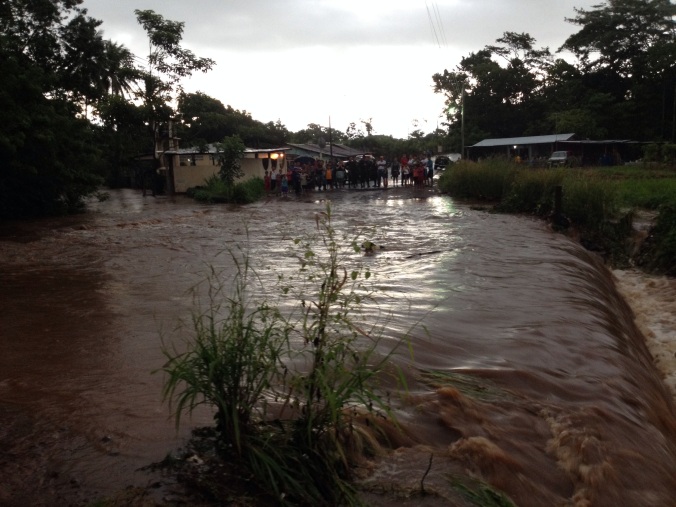 </
</ 